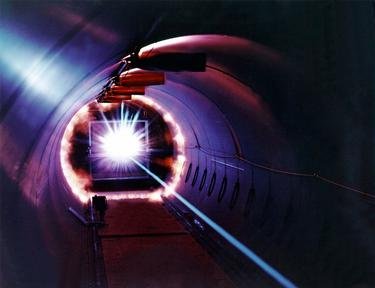Quiz Answer Key and Fun Facts
1. Which two types of radiation did Ernest Rutherford discover?
2. Which of these is NOT a subatomic particle?
3. How many electrons do halogens have in their outer shell?
4. What is the force that keeps electrons in orbit called?
5. What combination of subatomic particles is alpha radiation composed of?
6. What are combinations of three quarks called?
7. Which one of these subatomic particles is the smallest?
8. How many hydrogen atoms are there in ammonia?
9. Which element has the lightest atom?
10. Which subatomic particle is used to split atoms?
Source: Author
happy1234512
This quiz was reviewed by FunTrivia editor
rossian before going online.
Any errors found in FunTrivia content are routinely corrected through our feedback system.

